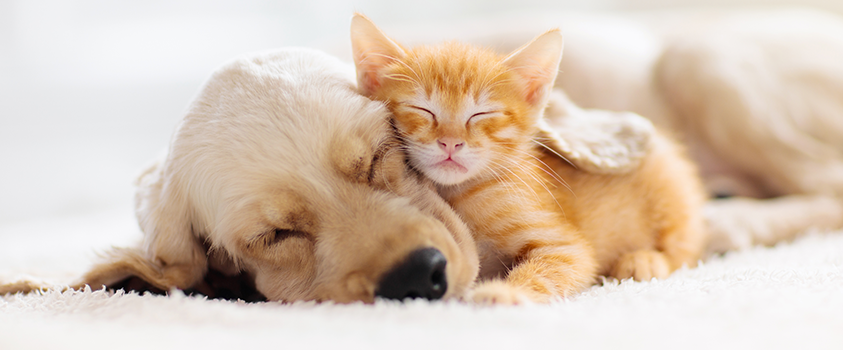9 Ways to Pet Proof Your Home
We love our pets, and our pets love our furniture. Many pet owners know the struggle when it comes to lifting hair and pet proofing our favourite fabric pieces. Cats are well known for clawing our favourite pieces, while pups and rodents will chew anything within reach. So how do we stop our fur babies from destroying our furniture? Learn how to pet-proof your home with Artiss. We’ve put together our top 9 tips to pet-proof your home so you can protect your furniture from your pets in a way that is non-toxic, humane and affordable.
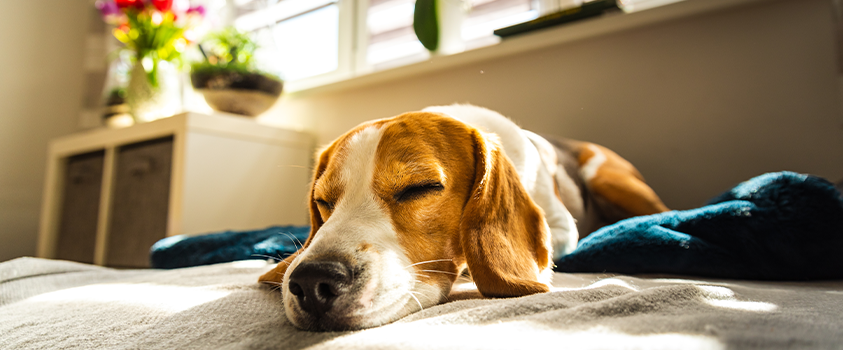
Tackle the root of the behaviour
Your first step should be to try and examine the root cause of your animal’s behaviour. Some behaviours are instinctual and used for maintenance, such as rodents chewing and cats scratching. In these cases, the behaviour won’t be stopped through punishment. Remember, your pets don’t know these are bad behaviours - in fact, these are the behaviours that help them to survive and thrive! But not all animal behaviour is instinctive or healthy.
Some animals act out if they are bored, anxious, uncomfortable or in a new environment. This can be anything from inappropriate urination to over-scratching furniture or themselves. Try to figure out what your pet is feeling and whether they need more stimulation through toys and social interaction. If your pet is behaving extremely out of character, they might also need to see the vet – pets don’t have a voice to tell you when they’re in pain, so they may act out in the hopes of drawing your attention to it.
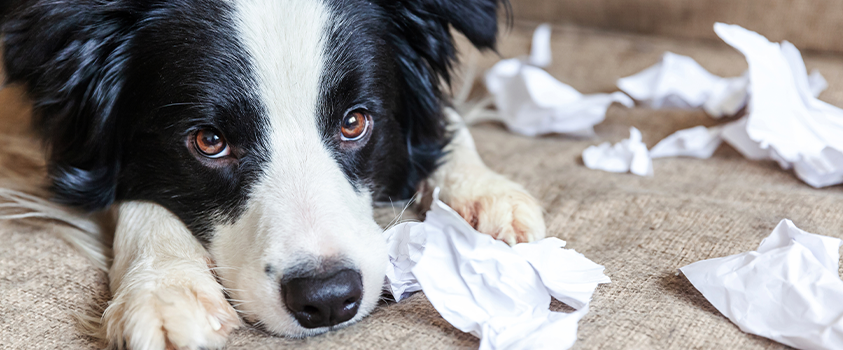
If your pet is anxious, there are lots of ways you can treat it. Products like Feliway offer an at-home solution, or a vet may prescribe them medications. The best thing you can do in any case is to provide enough stimulation for your pet, whether through enriching toys, petting and handling, or socialisation with other animals or humans.
Redirecting behaviour
Redirecting instinctual behaviour can seem difficult, but with the proper training and reinforcement, your pets can learn there are some things they are not allowed to touch. Redirection is all about distracting your pet from the undesired behaviour and praising them for turning to the desired behaviour instead. This is one of the most effective ways of reducing bad behaviour especially when implemented early.
For cats, scratching is an instinct that is used to maintain their claws and exercise, but it’s also a frustrating problem for their owners. It’s healthy for them to scratch, so you should be encouraging them to scratch in peace...just not on the couch. The easiest way to do this is with a scratching post. You should own at least one scratching post per cat, but the more the merrier! The best scratching posts are made of rough material, can be adjusted to make a horizontal surface, and are sturdy enough that your cat won’t push them over or cause them to fall. Place your scratching post next to problem areas and gently redirect your cat's behaviour with distracting noise, attractive scents like catnip, or leaving treats on the post.
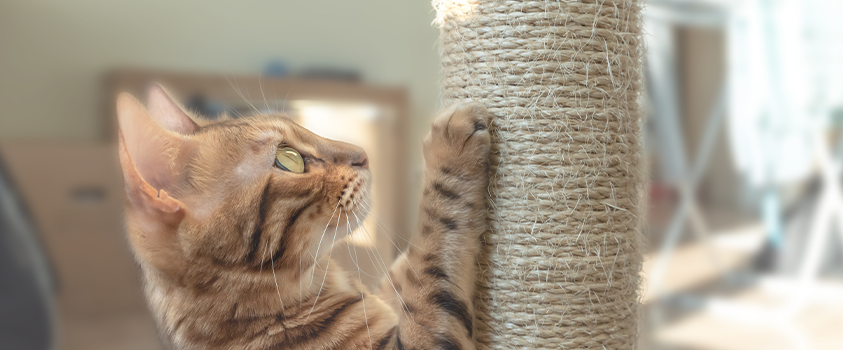
For dogs, chewing can be one of the most destructive behaviours when it comes to your furniture, whether they love biting at chair legs or attacking your plush cushions. Chewing accomplishes a lot of different things for dogs. In puppies, it can alleviate pain from incoming teeth, just like how human babies teethe. For adult dogs, it’s both a way to keep their teeth healthy and strong and a way to alleviate frustration and anxiety. There are many ways you can healthily redirect this behaviour. One of the best ways is by doing damage control - put away anything that a dog might be able to chew until the behaviour is under control. Choose long-use chew toys that are age-appropriate, don’t have any choking hazards (stay away from small toys), and are made of a material that cant be shredded and accidentally swallowed like rubber. If your dog is chewing something they’re not supposed to, interrupt with a noise or positive call then praise them when they chew the correct object. Don’t give your dogs your old things like socks or shoes to chew - from a dog's point of view, you're showing them any socks and shoes are up for grabs. You’re accidentally teaching them it’s okay to destroy your property! If you want to give them something with your scent, rub your hands over one of their toys before leaving the house. Finally, regular exercise and socialisation will help tire them out so they don’t have to expend all that energy through chewing later.
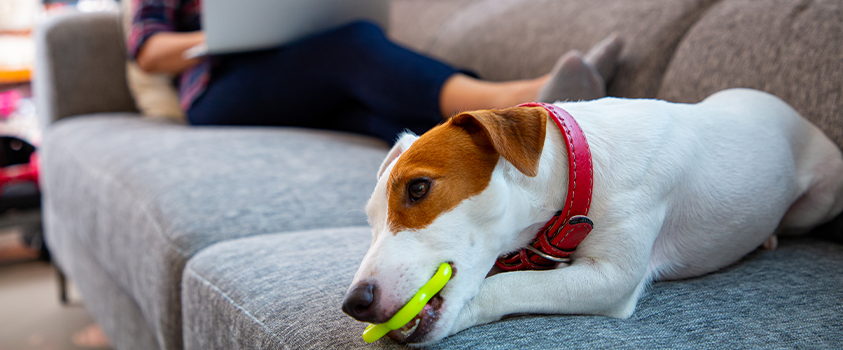
Treat them like children
Our pets are truly just like any other family members, and little family members can sometimes get a little too curious. Treat pet-proofing your home like child-proofing your home. This can mean doing things like:
-
Using childproof latches on doors.
-
Store medications, lawn chemicals, cleaning suppliers, household cleaners, dangerous foods and houseplants on a high shelf or out of reach in dresser drawers.
-
Ensure your trash can has a tough, sturdy lid or are out of reach.
-
Cover any vents and block off any small nooks and crannies that your pet could squeeze into.
-
Keep any dangling wires and electrical cords tidy and out of reach.
-
Keep clothes, small objects, loose change, rubber bands, children's toys and any other choking hazards either up on high shelves or behind closed doors, either in a separate room or lockable cabinet.
-
Mount your furniture to the wall where possible to prevent them from tipping over.
-
Remove dangerous plants from your garden beds. For pets, this includes plants like daffodils, oleander, wisteria, lilies and foxglove. Check with your local vet or plant nursery for a more exhaustive list.
-
Keep the toilet lid closed to stop your pets from drinking the water and/or falling in.
-
If you have other pets that need to be kept separate, you may need to invest in other products to help keep the peace. A closed litter box, cage covers, microchip pet feeders and pet gates can all help prevent your new family members from putting their noses in other pet's business.
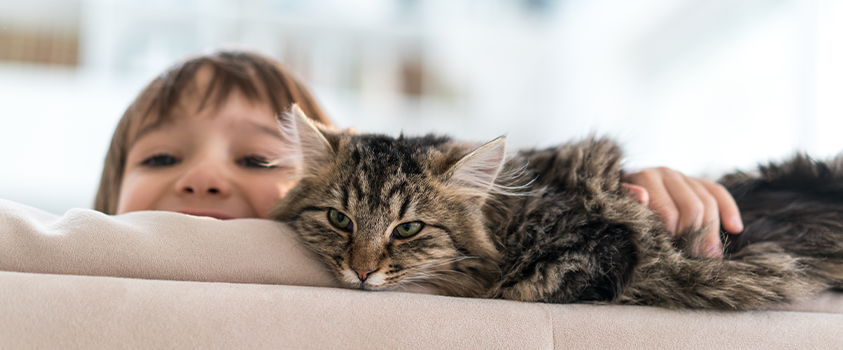
There are plenty of creative ways to keep your pets away from small items. You can choose lockable cabinets such as this vanity table, compact storage cabinets to keep medications and toilet paper out of furry mouths, storage ottomans to keep shoes, cushions and blankets out of the way, or even this foldable media shelving unit to keep your everyday objects on display and your precious items tucked away.
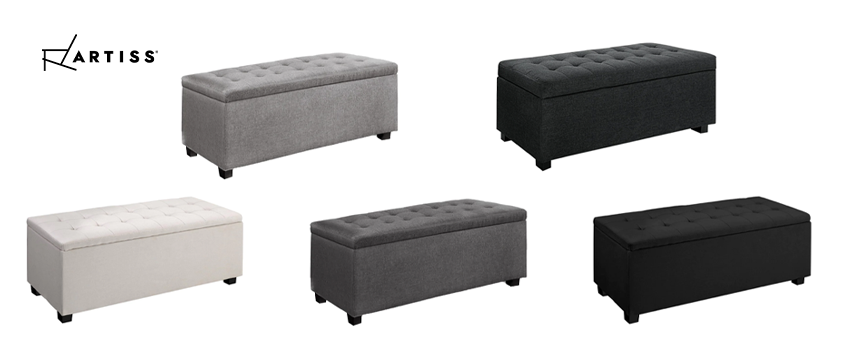
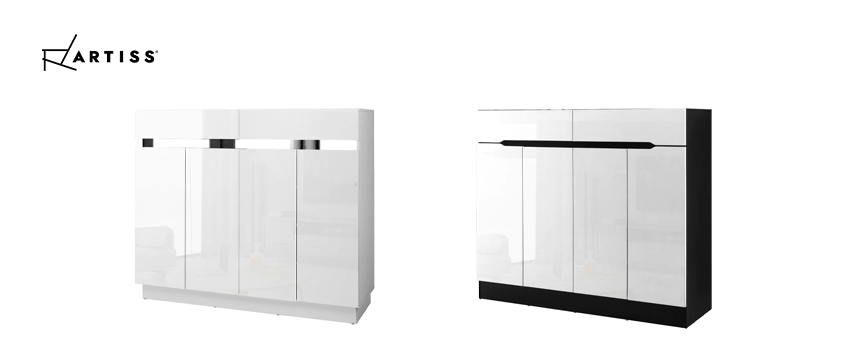
Give them the snip
Chances are if you have a dog or cat, you may have already had it spayed (for females) or neutered (for males). If you haven’t, you should consider it! It’s natural to be hesitant about getting your pet an elective surgery, but there are plenty of upsides to getting your pet spayed or neutered.
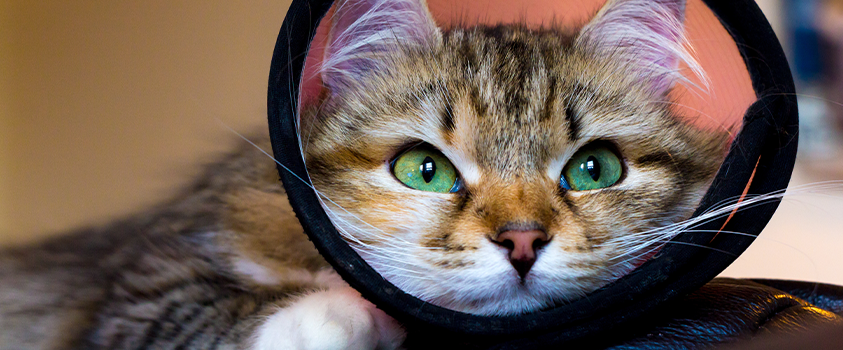
Firstly (and the reason it’s on this list) it prevents animals from going into heat, which can cause a wide variety of behavioural changes including, spraying urine on vertical objects (marking), becoming increasingly vocal, being increasingly affectionate or aggressive, mounting, and a desire to roam and find a mate. However, if you’ve been reinforcing/ignoring bad behaviour before getting your pet neutered, those behaviours are likely to continue once your pet has healed. A pet still needs proper training in addition to this solution, but it may calm more extreme behaviours.
Secondly, it prevents pregnancy, which is not only expensive for you but contributes to pet homelessness and overpopulation. Feral cats in particular can cause extensive damage to the local environment, which is why it is incredibly important to neuter your male cats and keep them indoors. This is also a good reason to neuter smaller pets like rabbits and guinea pigs if you keep opposite-sex pairs, as they mature early and breeding can quickly become out of control.
Finally, spaying and neutering have actually been shown to increase your pet’s lifespan. Since neutered pets are less likely to roam, they are also less likely to be hit by cars, attacked by other animals, or have other accidents. They are also less likely to develop certain diseases and cancers.
Sonic deterrents
Humans cannot hear sounds over 20kHz, but our pets can. Sonic deterrents can come in the form of mats, beepers or collars, and emit high-pitched sounds when triggered that are undetectable by the humans in the home but will deter the pet from sitting on the furniture, distract from barking, or otherwise redirect behaviour. While there has been some debate about the efficacy of these products, they have been shown to work as pest deterrents in some studies, such as this one on reducing feral cat activity in Perth.
There are pros and cons to ultrasonic repellants. While it is a humane and fairly affordable option, it may not work for all pets. Some may get used to the noise and/or simply ignore it. Anxious pets might be put off by the noise if it is too loud or too frequent, especially if they are rodents – great for pest control, but bad for your pet bunny! These also won’t work on your deaf pets.
Sonic deterrents are also considered a form of punishment, which is not always an effective form of training because they may not understand the link between the behaviour and the punishment. Whether you use them, and how you use them, is up to you as a pet owner.
Pet proofing with couch covers
An easy way to protect your furniture is to cover it! Couch covers come in all shapes and sizes, and can provide full or partial protection against not only pets but also children and general wear and tear.
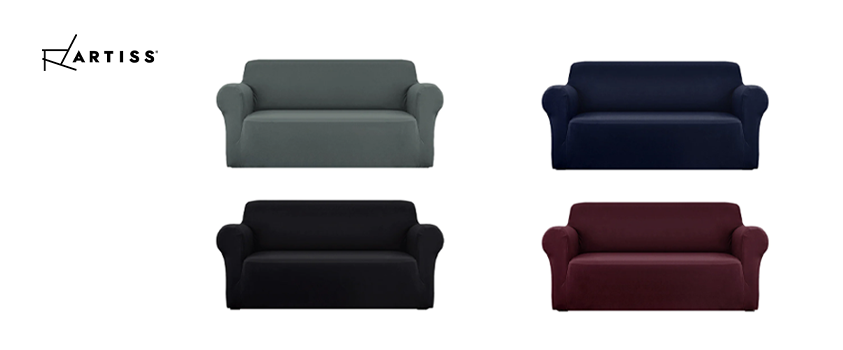
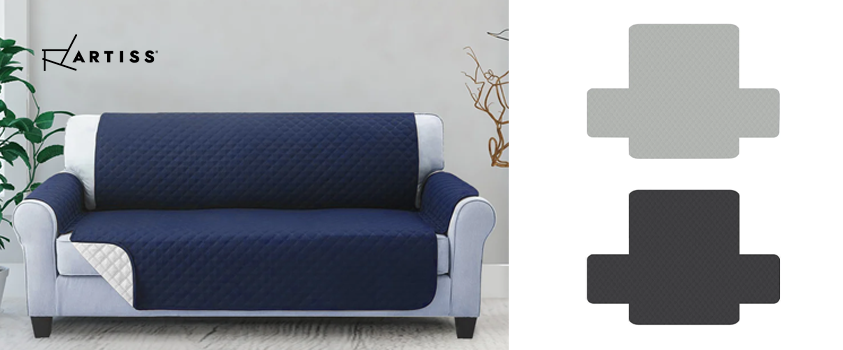
You can find couch covers in a variety of materials for different uses. Traditional plastic covers are perfect for dealing with pets that urinate on or scratch furniture, though they are uncomfortable and not always aesthetically pleasing. You can get fabric covers that are comfortable and made from durable materials, and though they might not offer as much protection as plastic, they are more aesthetically pleasing and can be removable and washable. Finally, if you’re not worried about aesthetics and just want to see a behaviour change, you can try a mylar couch cover.
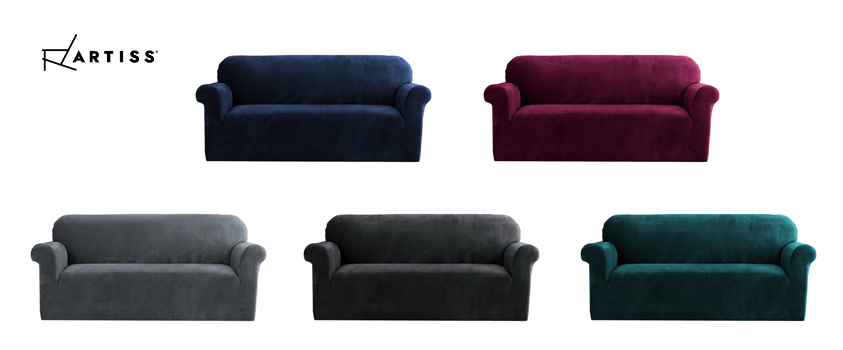
Have you seen those viral videos where people put tin foil on their benches to deter their cats from the kitchen? A mylar couch cover works in a similar way. Simply lay one of these down on top of your couch and let the magic happen. Your pets will be turned off from sitting on your furniture by the loud crinkly sound and the alien, uncomfortable feeling of the mylar. However, many complain that this is only a short-term solution, and it won’t deter the most curious of pets from exploring. If you can’t find or afford a full cover, using tin foil is still an option or even some leftover silver tinsel from the Christmas tree.
Sticky Paws
These transparent strips are very similar to double-sided tape and are designed to stop cats from scratching your home surfaces. Like the mylar and tin foil solutions, the sticky coating feels unpleasant for cats so they will avoid scratching in that area. The tape is non-toxic and won’t damage your furniture - just cut the length you need and stick it down. The Sticky Paws are safe for pets and furniture but will collect lint and dust like any other sticky surface, which can make them look quite unsightly until they’re replaced.
Bitter apple spray
A great way to deter pets from chewing is to go directly for the taste buds. Bitter apple or spicy sprays are commonly used to stop pets from licking and chewing on any surfaces. It is safe to use on plastic, acrylic, and metal and should be safe to use on most fabrics that can get wet, though be careful spraying on dyed fabrics. It should be safe for wood but test it on a small patch out of sight before fully committing.
While you can buy this at the supermarket, for a more cost-effective solution that guarantees no added chemicals and can be tailored to your pet, you can make this at home! The Oh My Dog blog has a great recipe for homemade bitter apple spray here.
Corner guards
Corners are particularly delectable for our furniture-chewing family members. Luckily there are multitudes of corner guards available on the market, ranging from clear adhesive vinyl that you can easily cut and stick on to scratching posts and brushes that hook onto or stick around your armrests. If you can’t beat them, join them!
We hope these tips help keep your furniture, and your furry family members, safe and sound! We want you to be able to have nice things while keeping your family out of harm’s way, which is why we have a huge range of furniture and accessories to keep your home looking its best including couch covers, storage ottomans, rugs, flexible shelving and more. Check out the Artiss catalogue online for more information and enjoy Australia-based customer service and prompt delivery from our reliable courier partners.
